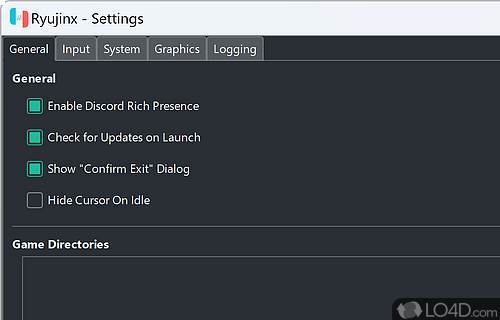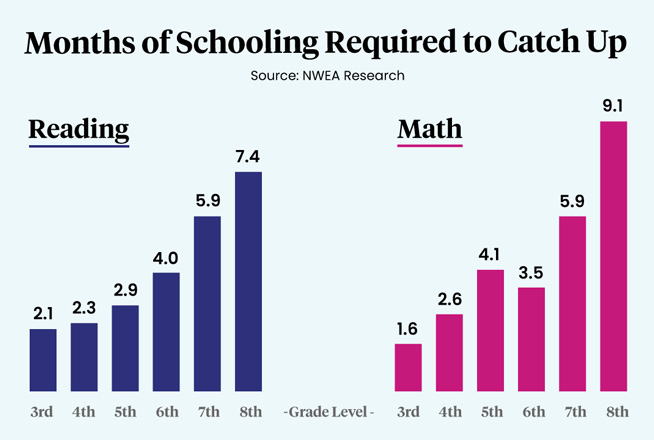Understanding The 1990s Budget Crisis: Clinton's Veto Power

Table of Contents
The Genesis of the 1990s Budget Crisis
The 1990s budget crisis wasn't a sudden event; it was the culmination of several long-term economic and political trends. The high national debt and burgeoning deficits were the most pressing concerns. Years of Cold War spending, coupled with tax cuts under previous administrations, had left the nation with a massive fiscal burden. Furthermore, rising healthcare costs and the expansion of entitlement programs significantly increased government spending, further exacerbating the problem. Political gridlock between the Democratic and Republican parties further complicated any attempts at meaningful budget reform. This stalemate severely hampered the ability of Congress to pass effective legislation to address the mounting fiscal challenges.
- Rising healthcare costs: The escalating cost of healthcare consumed an ever-larger portion of the national budget.
- Cold War spending legacy: Decades of military spending left a significant debt burden.
- Tax cuts under previous administrations: Reduced government revenue hampered efforts to control spending.
- Growing entitlement programs: The increasing number of beneficiaries in programs like Social Security and Medicare placed additional strain on the budget.
Clinton's Economic Plan and its Initial Reception
President Clinton's economic plan, unveiled in 1993, aimed to tackle the burgeoning deficit through a combination of spending cuts and tax increases. It proposed significant tax increases on higher earners, coupled with spending cuts across various government sectors. Simultaneously, it included investments in infrastructure and education, reflecting a belief in stimulating economic growth through targeted government spending. However, this plan met with fierce resistance from the Republican Party, who viewed the tax increases as detrimental to economic growth and argued for deeper spending cuts. Powerful interest groups also heavily lobbied against specific elements of the plan.
- Tax increases on higher earners: This measure aimed to increase government revenue.
- Spending cuts in various sectors: These cuts were necessary to control the growth of the national debt.
- Investment in infrastructure and education: These investments were intended to boost long-term economic growth.
- Opposition from fiscal conservatives: Republicans and other fiscal conservatives strongly opposed the tax increases.
Key Budget Battles and the Strategic Use of the Veto
The Clinton administration faced numerous confrontations with Congress over the budget. Several budget bills were passed by Congress but were ultimately vetoed by President Clinton. These vetoes weren't arbitrary; they were strategic moves designed to leverage negotiating power and shape public opinion. By vetoing bills that he deemed fiscally irresponsible, Clinton forced Congress back to the negotiating table, ultimately leading to more moderate budgetary compromises. Congressional responses to these vetoes varied; sometimes attempts were made to override the vetoes (which failed), and other times, compromises were reached to produce legislation more acceptable to the President. Public opinion polls during this period showed fluctuating support for both the President's economic plan and his use of the veto power.
- Specific examples of vetoed bills and reasons for veto: Detailed analysis of specific vetoes would highlight the President's budgetary priorities.
- Congressional responses to vetoes (attempts to override, compromises): Examining Congress's response reveals the dynamics of the legislative process.
- Public opinion polls regarding the budget and the vetoes: Public opinion provides context to the political pressures involved.
- Impact on the political climate: The budget battles significantly influenced the political climate and party polarization.
The Impact of Clinton’s Veto Power on Deficit Reduction
Clinton's budgetary approach, characterized by a combination of tax increases and targeted spending cuts, ultimately yielded significant results in deficit reduction. The national debt did decrease during the Clinton years, although long-term effects were complex and intertwined with other economic factors. GDP growth and unemployment rates provide a broader economic context to evaluate the overall success of Clinton's policies. A comparison with the budgetary policies of previous administrations provides a deeper understanding of the unique context and impact of Clinton's actions.
- Statistics on deficit reduction during the Clinton years: Quantitative data demonstrates the scale of deficit reduction.
- Long-term economic indicators (GDP growth, unemployment): These indicators provide a comprehensive picture of the economic climate.
- Comparison to the budgetary policies of previous administrations: Comparative analysis highlights the distinctive features of Clinton's approach.
Conclusion: Assessing the Legacy of Clinton's Veto Power in Resolving the 1990s Budget Crisis
The 1990s budget crisis resulted from a confluence of factors, including a legacy of Cold War spending, rising healthcare costs, and political gridlock. President Clinton’s skillful use of the presidential veto proved instrumental in shaping budget negotiations and, to a significant degree, contributed to deficit reduction. While the long-term economic impacts are subject to ongoing debate, his strategy undeniably left a lasting mark on US fiscal policy. Further research on the 1990s budget crisis and Clinton's veto power will offer a deeper understanding of this pivotal period in American economic history. Explore the archives to discover more about this complex interaction between presidential power and fiscal policy.

Featured Posts
-
 April Nyc Concert Vybz Kartel To Headline Barclay Center
May 23, 2025
April Nyc Concert Vybz Kartel To Headline Barclay Center
May 23, 2025 -
 Shadman Islams Crucial Innings Secure Bangladeshs Win Over Zimbabwe
May 23, 2025
Shadman Islams Crucial Innings Secure Bangladeshs Win Over Zimbabwe
May 23, 2025 -
 A Real Pain Kieran Culkin Discusses Jesse Eisenbergs Unique Casting Method
May 23, 2025
A Real Pain Kieran Culkin Discusses Jesse Eisenbergs Unique Casting Method
May 23, 2025 -
 Muzarabanis Nine Wicket Haul Zimbabwe Celebrate Historic First Test Win Over Bangladesh
May 23, 2025
Muzarabanis Nine Wicket Haul Zimbabwe Celebrate Historic First Test Win Over Bangladesh
May 23, 2025 -
 Rock 101s Big Rig Rock Report 3 12 Essential Information For Truckers
May 23, 2025
Rock 101s Big Rig Rock Report 3 12 Essential Information For Truckers
May 23, 2025
Latest Posts
-
 Podcast Production Revolution Ais Role In Transforming Repetitive Scatological Data Into Engaging Content
May 23, 2025
Podcast Production Revolution Ais Role In Transforming Repetitive Scatological Data Into Engaging Content
May 23, 2025 -
 Ryujinx Emulator Project Halted A Nintendo Related Development
May 23, 2025
Ryujinx Emulator Project Halted A Nintendo Related Development
May 23, 2025 -
 The Rumored Open Ai Jony Ive Ai Hardware Deal
May 23, 2025
The Rumored Open Ai Jony Ive Ai Hardware Deal
May 23, 2025 -
 Lab Owners Guilty Plea Faked Covid Test Results During Pandemic
May 23, 2025
Lab Owners Guilty Plea Faked Covid Test Results During Pandemic
May 23, 2025 -
 Open Ai And Jony Ive A Strategic Partnership In Ai Hardware
May 23, 2025
Open Ai And Jony Ive A Strategic Partnership In Ai Hardware
May 23, 2025
